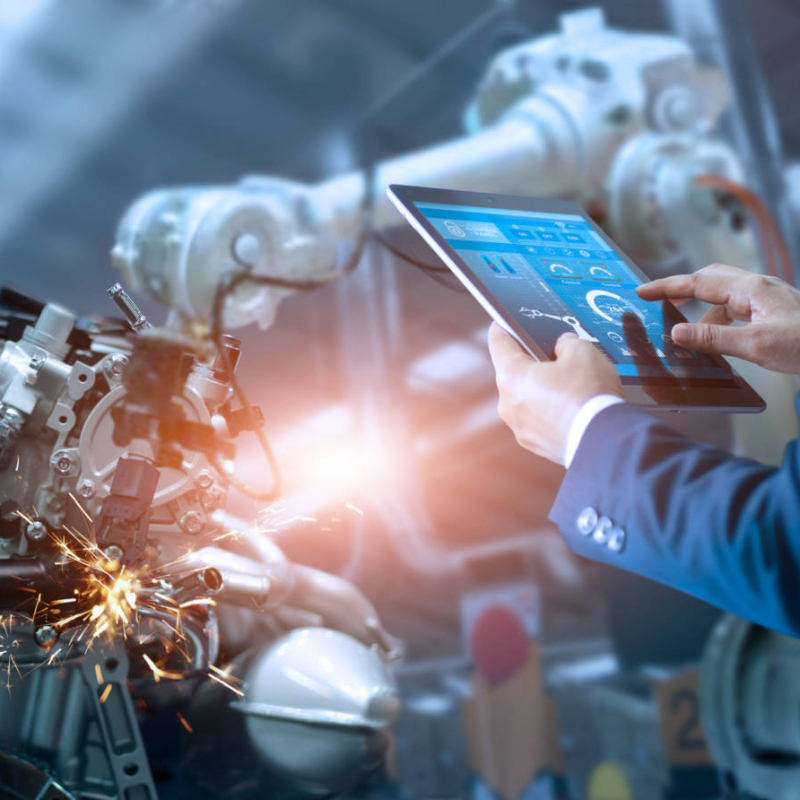Automation as a Complement, not a Replacement of the Human Workforce
Smart automation has the potential to deliver great economic benefits, but there remain many concerns that the use of AI and robotics could displace many existing jobs. With the desire for automation increasing and more sectors looking to deploy the technology, particularly within manufacturing, logistics and distribution, it’s important to understand how automation can augment the workforce, rather than replacing it, as Dr Paul Rivers, CEO of Guidance Automation explores.
Increasing Productivity
Industry 4.0 has the potential to revolutionise productivity, improve accuracy and unleash new levels of efficiency if conducted in the right way. However, technology is just one part of the overall solution to benefit from these gains – businesses need to also consider how automation can augment the workers’ experience whilst also transforming productivity.
Improving productivity does not just mean directly within production, but also how this naturally filters through and impacts other connected areas of the business. By undertaking a process review, a company can better understand where automation can be effectively deployed to gain both productivity improvements and to release staff to take on other tasks.
Companies can automate mundane, repetitive and highly manual tasks – such as driving around a warehouse, picking items and delivering those items to a loading bay, which releases the human workforce to be upskilled to take on more intelligent or complex jobs. This provides companies with a chance to re-train highly skilled forklift drivers to, for example, supervise loading or oversee picking teams.
The CIO/CTO Approach
By truly understanding your business objective of an initial investment in automation, companies can better determine the best approach to realise their end goal. Full automation isn’t necessarily an appropriate strategy; there is no need to revolutionise an entire facility to achieve significant productivity and efficiency improvements. The simplest approach is to identify areas which don’t utilise or need human skills, such as the moving of boxes or pallets from one location to another. Businesses can begin by automating a small part of a task in order to gain confidence in the technology and the processes, as well as identify problems and prioritise processes that would most benefit from automation.
Taking a tactical approach to automation will provide a gradual evolution for the workforce, enabling expectations to be managed and building up new skill sets to ensure staff remain both motivated and valuable. By layering these incremental solutions onto existing operations over time, workforces will gain the chance to become familiar with each stage of the automated process while reaping the benefits, such as the reduction in heavy lifting.
Integrating with Technology
When approaching automation, it is useful to see it as supporting technologies rather than replacement technologies. The use of AI and Machine Learning are the first technologies to offer automation, but they’re still in their early stages. Eventually, as more dexterous robots come along and combine with AI and ML, these machines will begin to copy the workforce with the possibility to perform increasingly complex tasks alongside humans.
The collaboration between robot/vehicle and human remains the best way to improve efficiencies in the workplace. An example is ‘Inspection robots,’ which make it easier to view inside taller objects such as when conducting a pipe inspection or bridge assessment, allowing this task to be easier for a human to perform their roles and work in harmony with technology.
As part of the automation evolution, it is key to create an operating environment that combines excellent technology with an engaged and motivated workforce.
To find out how autonomous mobile robots can complement your workforce and improve productivity contact Guidance Automation today:
Call us on: +44 116 243 6250
Alternatively: Fill out the form on our contact page




